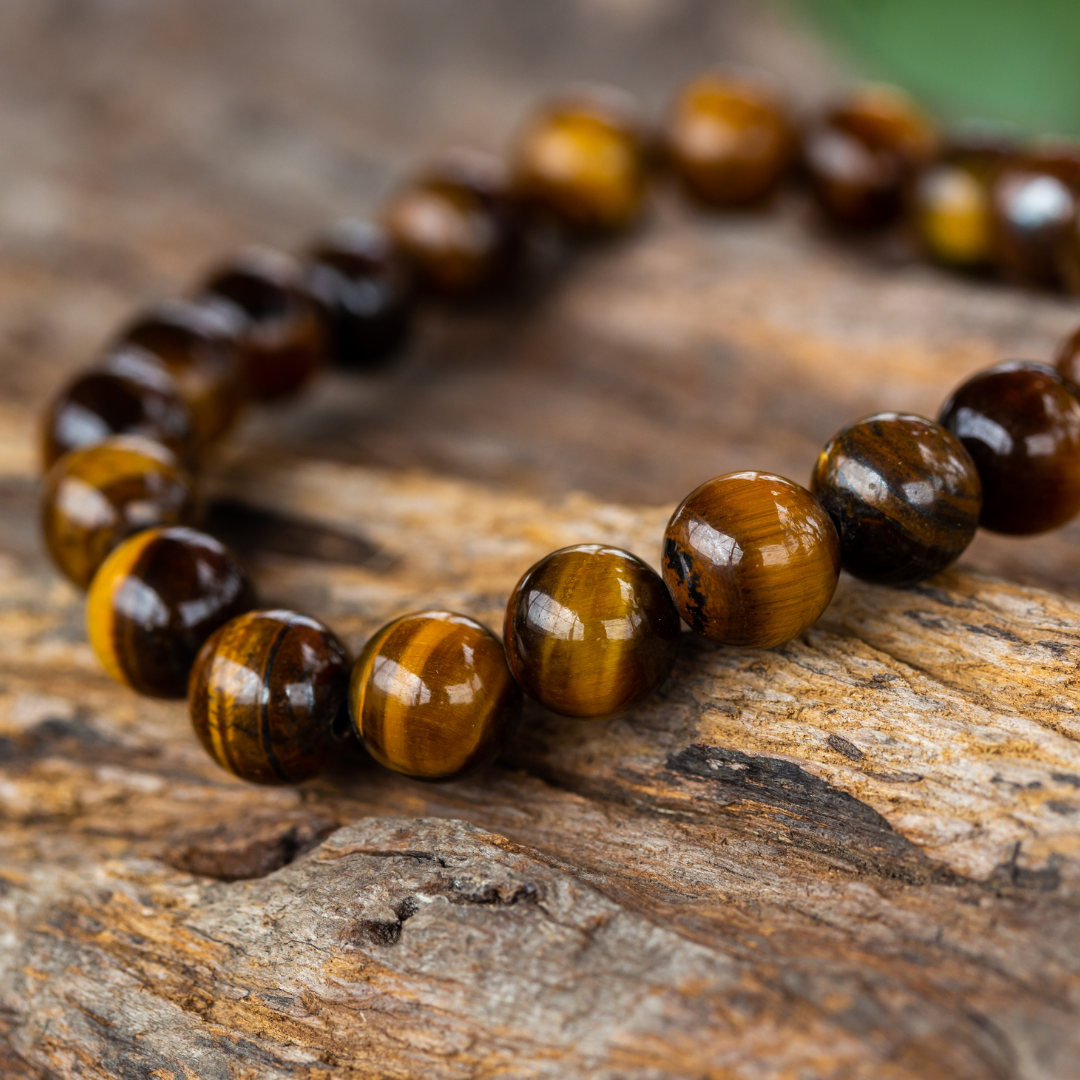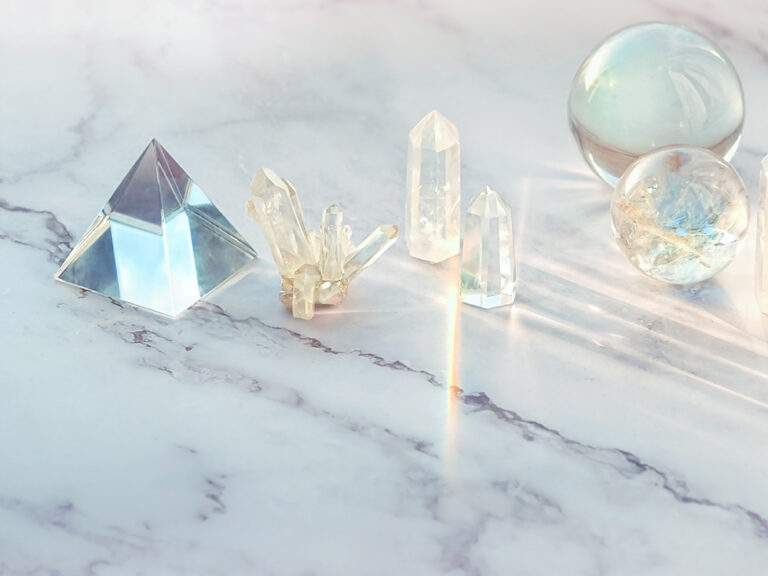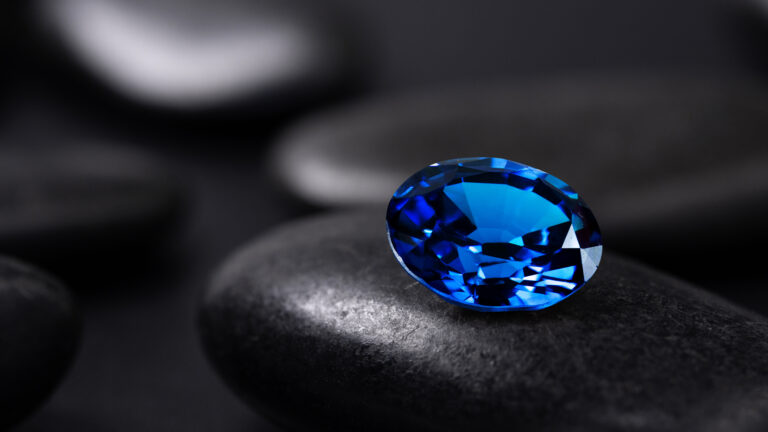Tigers eye, is it a dangerous gemstone ;)?

Jewellers often showcase their remarkable chatoyancy to create breathtaking pieces of artistry
Tiger Eye granting its wearer a newfound sense of inner strength and courage.
Tigers eye’s name is derived from its resemblance to the eye of a tiger, as it encapsulates the feline’s striking and focused gaze. Traditionally admired for its powerful talismanic properties, this gemstone has been venerated across cultures and ages. It is believed to possess elemental energy, granting its wearer a newfound sense of inner strength and courage.
Beyond its metaphysical qualities, tiger eye has found its place in the realm of fashion and adornment. Its warm and captivating tones make it a versatile gem, enhancing various styles and ensembles. Jewelers often incorporate it into intricate cabochons, pendants, and rings, showcasing its remarkable chatoyancy to create breathtaking pieces of artistry.
How is the tigers eye gemstone formed and where is it primarily found?
Tiger eye is a member of the quartz family and is formed through a process known as pseudomorphism. Initially, the gemstone begins as fibrous crocidolite, more commonly known as blue asbestos. Over time, the crocidolite is gradually replaced by quartz, which creates the parallel fibrous structure that is characteristic of tiger eye. The formation is further accentuated by the presence of iron oxide, which gives the gemstone its distinguishing golden-brown coloration.
Primarily found in regions where crocidolite and quartz veins intersect, tiger eye deposits can be found in various parts of the world. Historically, the gemstone was primarily discovered in South Africa, specifically in the Northern Cape Province. Additionally, tiger eye has also been unearthed in other countries such as Australia, Brazil, India, and the United States. These locations boast the ideal geological conditions necessary for the formation of this captivating gemstone.
What are the unique properties and characteristics of the tigers eye gemstone?
Tiger eye is a mesmerizing gemstone known for its unique properties and characteristics. Here are some of its distinctive features:
- Appearance: Tigers eye is a variety of quartz that displays remarkable chatoyancy or “cat’s eye” effect. It has a silky lustre with bands of golden-brown and dark brown, often resembling the eye of a tiger, hence its name.
- Color: The most common color of tiger eye is golden-brown, but it can also come in shades of honey, reddish-brown, and blue to blue-green. The color is caused by iron deposits within the stone.
- Chatoyancy: The most notable characteristic of tiger eye is its chatoyancy, which leads to a distinct, moving band of light across the surface of the stone. This effect is caused by the parallel fibrous structure within the stone.
- Durability: Tiger eye measures 6.5-7 on the Mohs scale of mineral hardness, making it relatively durable and suitable for everyday jewelry use.
- Metaphysical properties: Tigers eye is believed to possess numerous metaphysical properties and is often associated with strength, courage, and protection. It is thought to balance emotions, enhance confidence, and promote mental clarity.
- Healing properties: According to crystal healing practices, tiger eye is known for its ability to enhance willpower, self-confidence, and motivation. It is also believed to have a grounding and stabilizing effect on the mind and body.
- Zodiac association: Tiger eye is associated with the zodiac sign of Gemini, as it is believed to enhance the communicative and intellectual abilities of those born under this sign.
- Chakra alignment: It is commonly associated with the solar plexus chakra, which governs personal power, self-esteem, and confidence. It is believed to help balance and amplify this chakra.
- Symbolism: It has been used as a talisman for protection and added courage throughout history. In many cultures, it is believed to ward off evil spirits and bring good fortune.
Beyond its metaphysical qualities, tiger eye has found its place in the realm of fashion and adornment. Jewellers often incorporate it into intricate cabochons, pendants, and rings, showcasing its remarkable chatoyancy to create breathtaking pieces of artistry.







